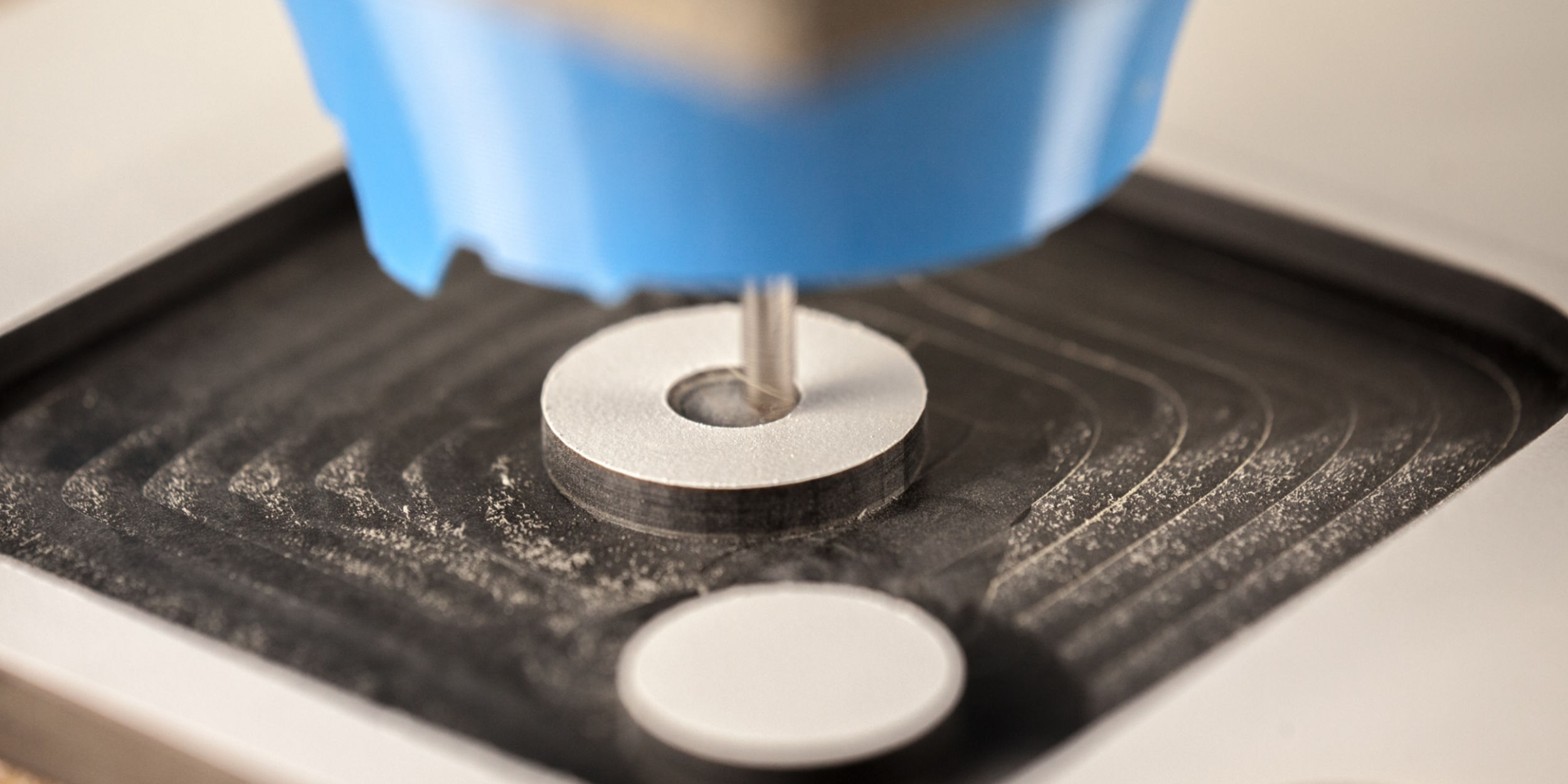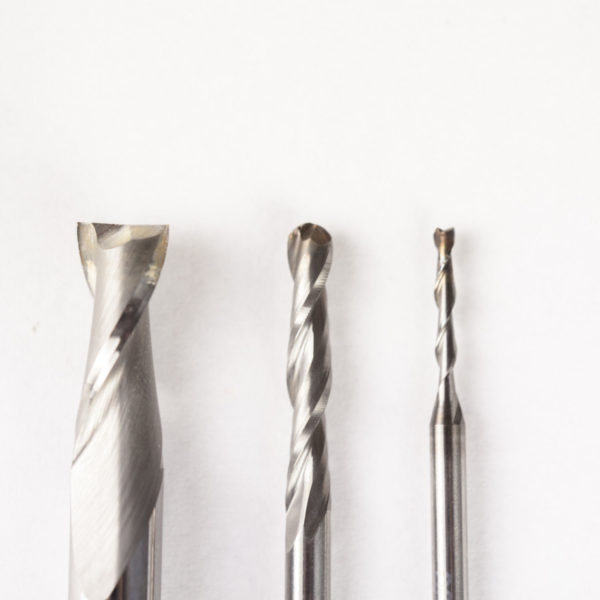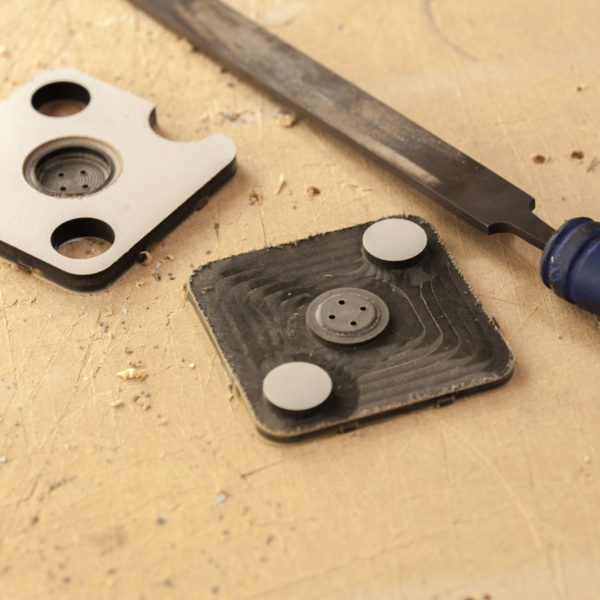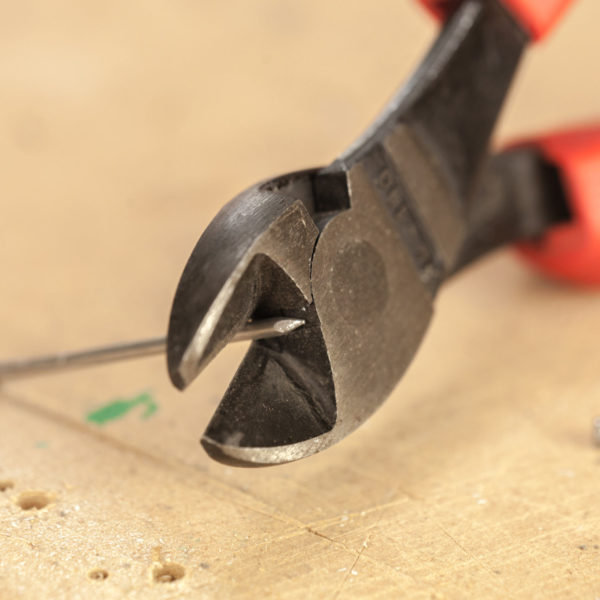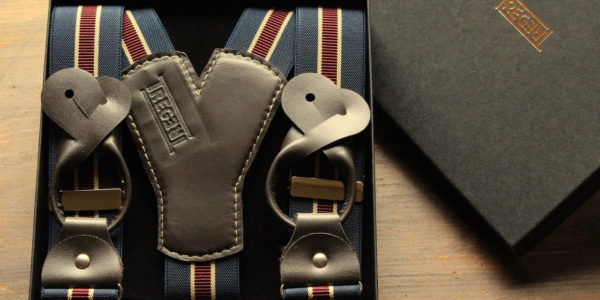English version is located below
Im Folgenden erklären wir dir, wie man die ReButton Pressform auf unserer CNC-Fräse herstellt. Wenn du mehr über die Hintergründe und die Entstehungsgeschichte des ReButtons wissen willst, kannst du das hier nachlesen: ReButton@LUGA 2018
3D-MODEL UND CNC-FILES
Falls du selber eine CNC-Fräsmaschine hast, kannst du hier kostenlos (open source) das 3D-Model der ReButton Pressform herunter laden: Downloads
Die Details zu unserer Maschine im FabLab Luzern finest du hier: CNC-Fräsmaschine
Falls du eine Frage oder eine Anmerkung/Anregung hast, melde dich einfach bei uns: labmanager@fablab-luzern.ch
MATERIAL
Die ReButton Pressform fräsen wir aus 8mm dicken HPL-Platten (High Pressure Laminate). Dieses Material ist sehr temperaturbeständig und widerstandsfähig und lässt sich trotzdem gut fräsen – also ideal für eine Pressform. HPL-Platten bekommst du im Baumark oder hier bei der Schweizer Firma Arcolite.
WERKZEUGE
Zum Fräsen der ReButton Pressform verwenden wir 3 verschiedene Fräser:
- Flachfräser, 8 mm Durchmesser, Schneidlänge: 20 mm
- Rundfräser, 4 mm Durchmesser, Schneidlänge: 15 mm
- Flachfräser, 2 mm Durchmesser, Schneidelänge: 15 mm
Den CAM-Job (.nc File) für unsere CNC-Fräse haben wir in Fusion360 erstellt. Falls du einen anderen Postprozessor (als «Acramedia») benötigst, findest du das Fusion360-File im Download-Ordner und kannst es selber anpassen.
NACHBEARBETUNG
Nach dem Fräsen werden die Haltstege entfernt und die beiden Teile (ober und untere Form) von der Platte gelöst. Danach werden die Kanten und Grate mit einer Feile und Sandpapier überarbeitet. Die Nagelspitzen (3mm Durchmesser) werden mit einer Kneiffzange abetrennt und verkehrt herum in die gefrästen Löcher der Pressform gesteckt – die machen dann die Löcher in den ReButton!
Mit der fertigen ReButton Pressform kannst du jetzt deine eigenen ReButtons pressen. Hier erfährst du, wie es geht: ReButton Anleitung
NACHMACHEN UND TEILEN
Der ReButton wird durch das PlasticTwist-Projekt unterstützt. Das interdisziplinäre und international aufgestellte Forschungsteam von PlasticTwist will mit verschiedenen Massnahmen das Bewusstsein in der Gesellschaft steigern, damit Plastik (wieder) als wertvolle Ressource wahrgenommen wird. Sie hinterfragen etablierte Recycling-Praktiken, forschen an nachhaltigen Innovationen und fördern zirkuläre Wirtschaftspraktiken.
In the following we explain how to make the ReButton mold on our CNC milling machine. If you want to know more about the story behind the ReButton go to ReButton@LUGA 2018
3D-MODEL and CNC-FILES
If you own or have access to a CNC milling machine you can find the open access files for the 3D Model of the ReButton mold here: Downloads
The details about our machine in FabLab Luzern you will find here: CNC-Fräsmaschine
If you have any questions do not hesitate to contact us: labmanager@fablab-luzern.ch
MATERIAL
The ReButton press mold we will from 8mm HPL (high pressure laminate) boards. This material is very temperature resistant and durable and still easy to mill so ideal to use for a mold. You find the boards in a hardware or building supplies store in Switzerland you can also get them from the producer Arcolite.
TOOLS
To mill or cut the ReButton mold we use three different mills shapes
- Flat cutter 8 mm diameter, 20 mm cutting length
- Round cutter, 4 mm diameter, 20 mm cutting length
- Flat cutter, 2 mm diameter, 15 mm cutting length
We did the CAM-Job (.cc file) for our CNC mill on Fusion360. If you use another postprocesser (Such as «Acramedia»), you find the Fusion 360 file in the download file and adjust it.
POSTPRODUCTION
After the milling you remove the supports and release both parts the upper and the lower form from the board. Then go over the edges and the ridges with sandpaper or a file. The nail points (3mm diameter) are cut off with a pair of pincers and placed in the holes of the convex mold. They will eventually make the holes in the ReButton.
Using the finished ReButton mold you can now produce your own ReButtons. This is how it is done: ReButton Anleitung
COPY & SHARE
The ReButton is part of the PasticTwist-Project. As an interdisciplinary and international Horizon 2020 EU research project PlastisTwist is working to re-valuate plastics as a resource. PlasticTwist contextualizes established recycling habits and explores possibilities for sustainable innovation and circular business practices.
